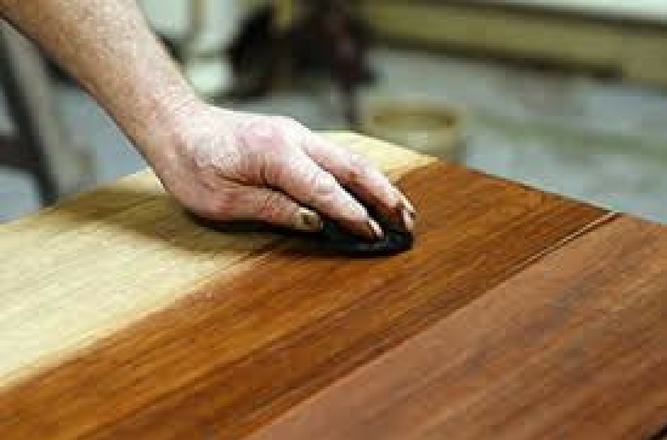Table Top Polishing
Tabletop polishing refers to the process of restoring and enhancing the appearance of tabletop surfaces, typically made of materials like wood, stone, or glass. Polishing is done to remove scratches, stains, and imperfections, and to bring back the natural shine and smoothness of the tabletop.

Different types of tabletops may require polishing:
- Wood tabletops: Polishing is commonly done on wooden tabletops to enhance their beauty, remove scratches, and protect the wood from moisture and wear.
- Stone tabletops: Materials like marble, granite, or quartz are often used for tabletops, and polishing helps to maintain their luster, fill in any gaps or cracks, and protect them from stains and damage.
- Glass tabletops: Polishing glass tabletops can remove scratches, water spots, and other blemishes, making them look clearer and more appealing.
Polishing for tabletops is required for several reasons:
- Aesthetic appeal: Polishing can significantly improve the appearance of tabletops, making them look clean, shiny, and well-maintained.
- Protection: Polishing provides a protective layer for the tabletop surface, preventing moisture, stains, and other substances from penetrating and causing damage.
- Longevity: Regular polishing can help extend the lifespan of tabletops by reducing wear and tear and preventing the need for more extensive repairs or replacements.


Concerns related to tabletop polishing include:
- Material compatibility: Different types of tabletop materials require specific polishing techniques and products. It’s important to use the appropriate methods and materials to avoid damaging the tabletop surface.
- Surface preparation: Proper cleaning and preparation are crucial before polishing to ensure the best results. Any dirt, grime, or previous coatings should be removed thoroughly.
- Skill and expertise: Polishing tabletops can be a delicate process, especially for more fragile materials like glass. It may require experience and knowledge to achieve the desired outcome without causing any harm.
- Maintenance: After polishing, regular maintenance is essential to preserve the polished surface. This may involve using appropriate cleaners, avoiding abrasive materials, and promptly addressing any spills or stains.
It’s recommended to consult with professionals or follow manufacturer guidelines for tabletop polishing to ensure the best outcome and avoid any potential issues.
